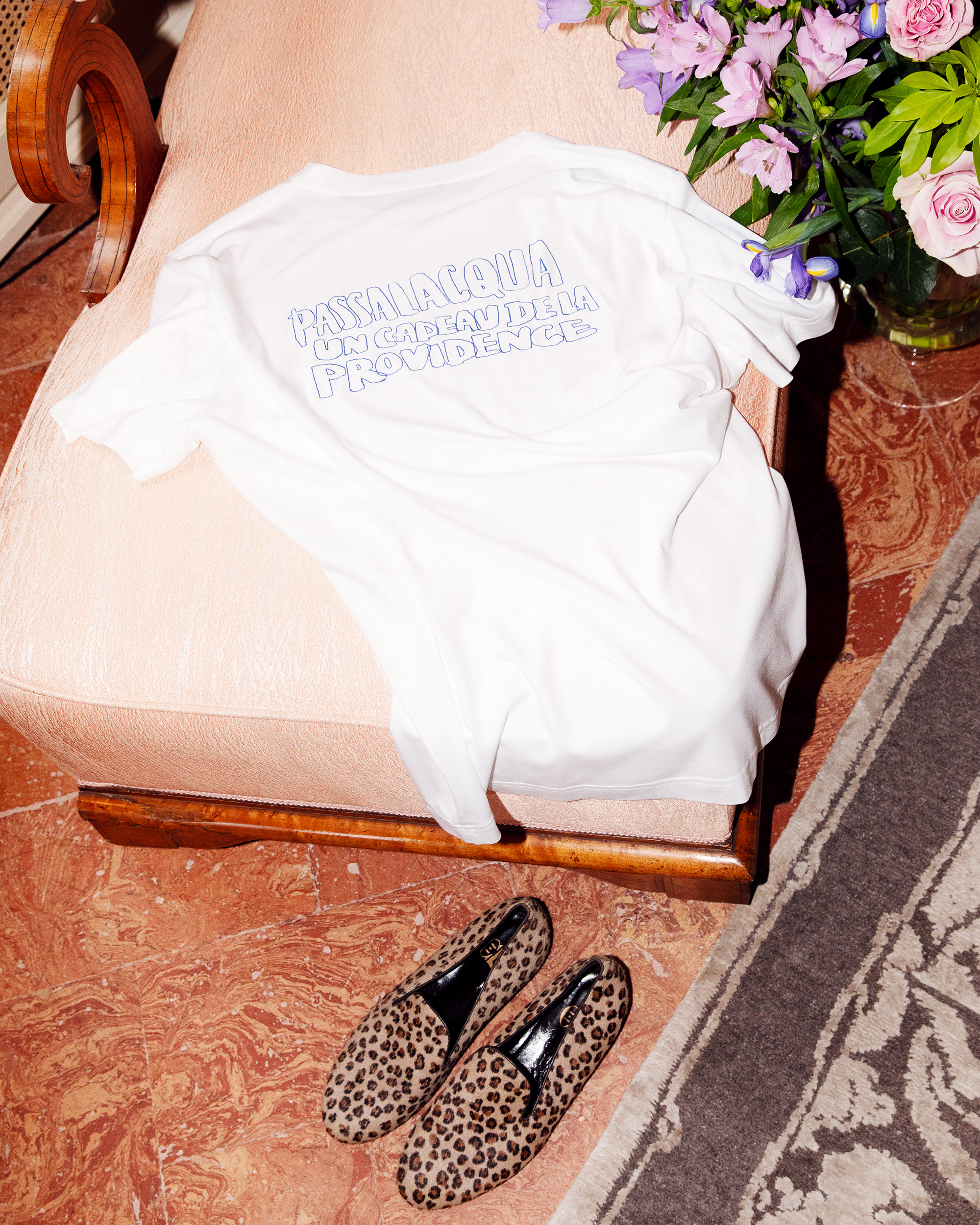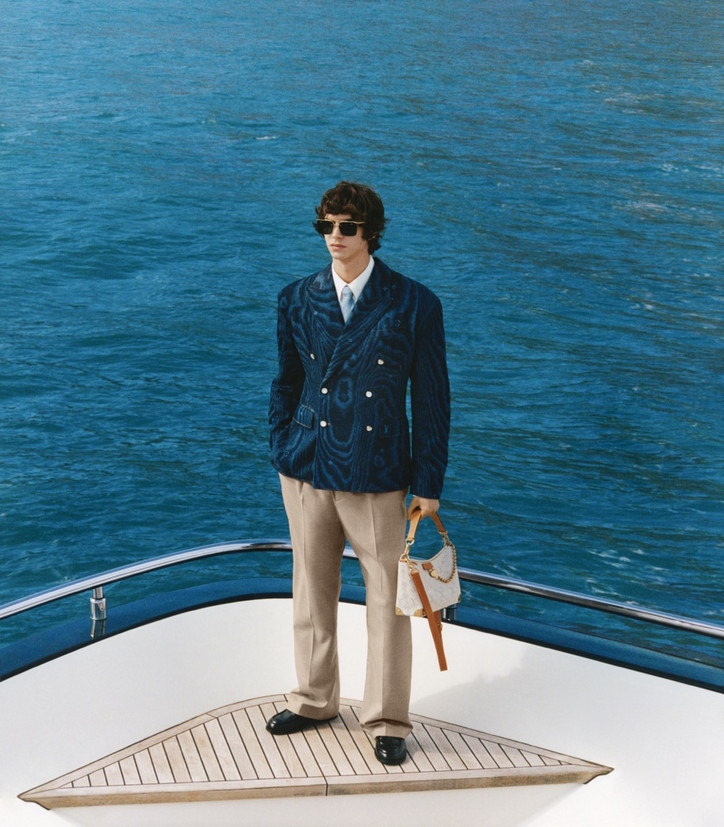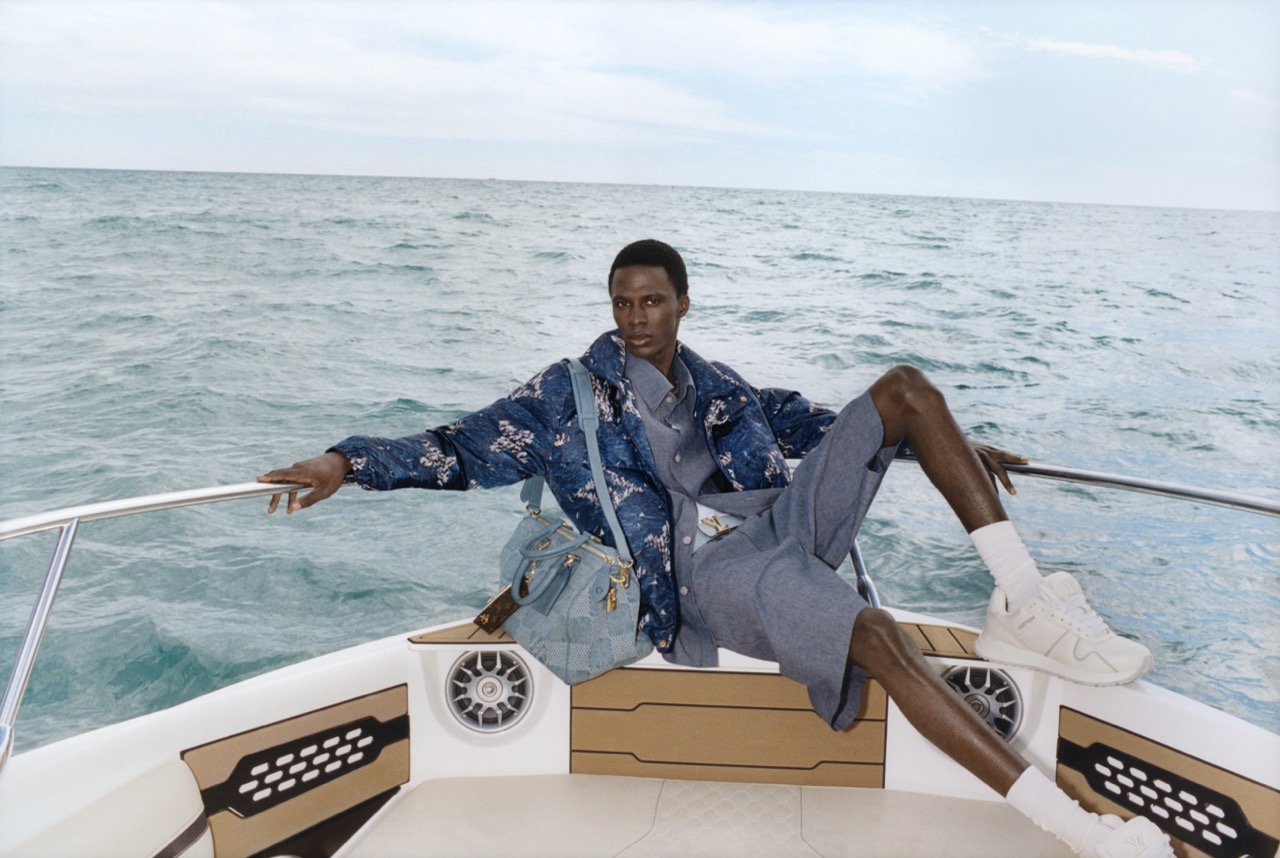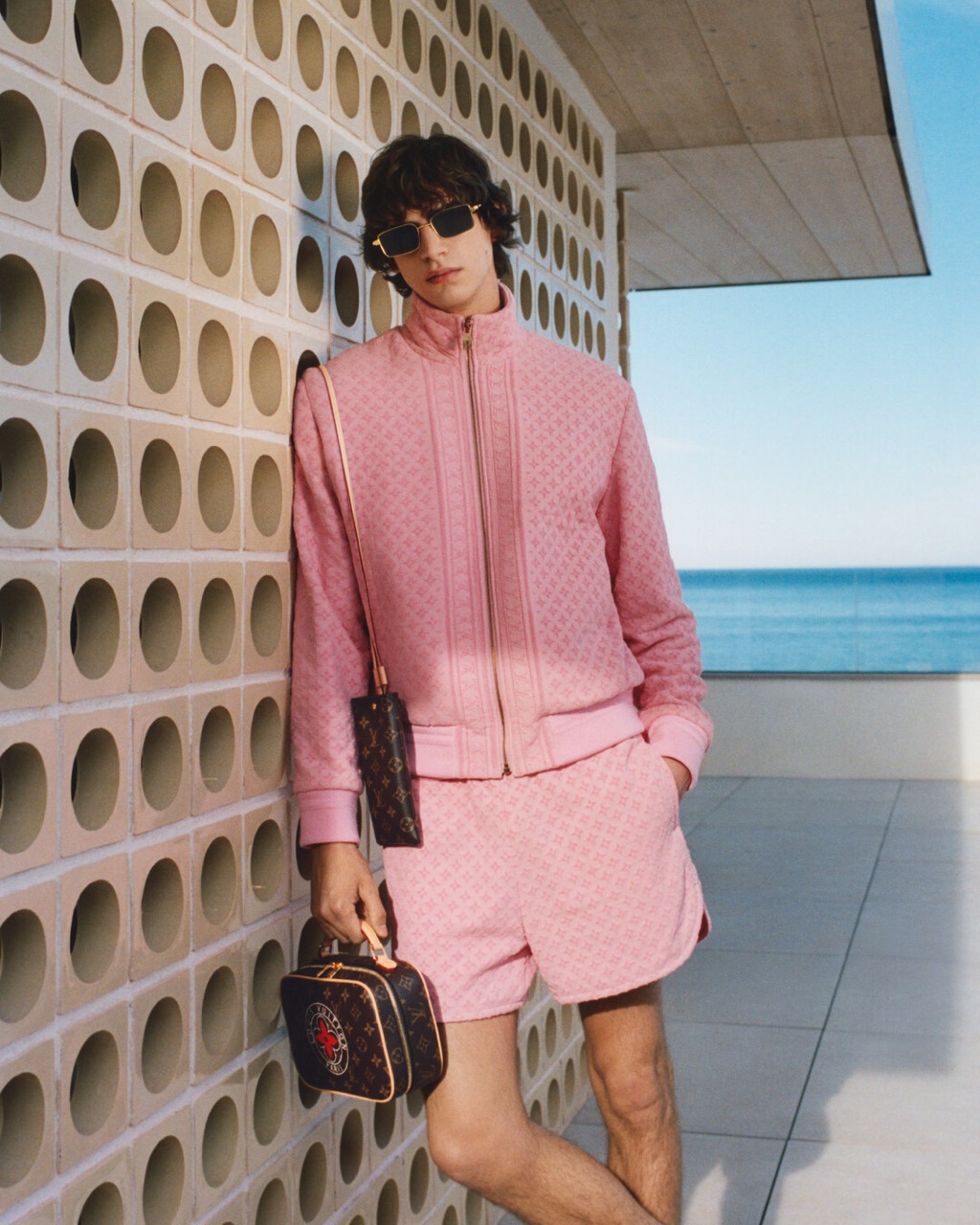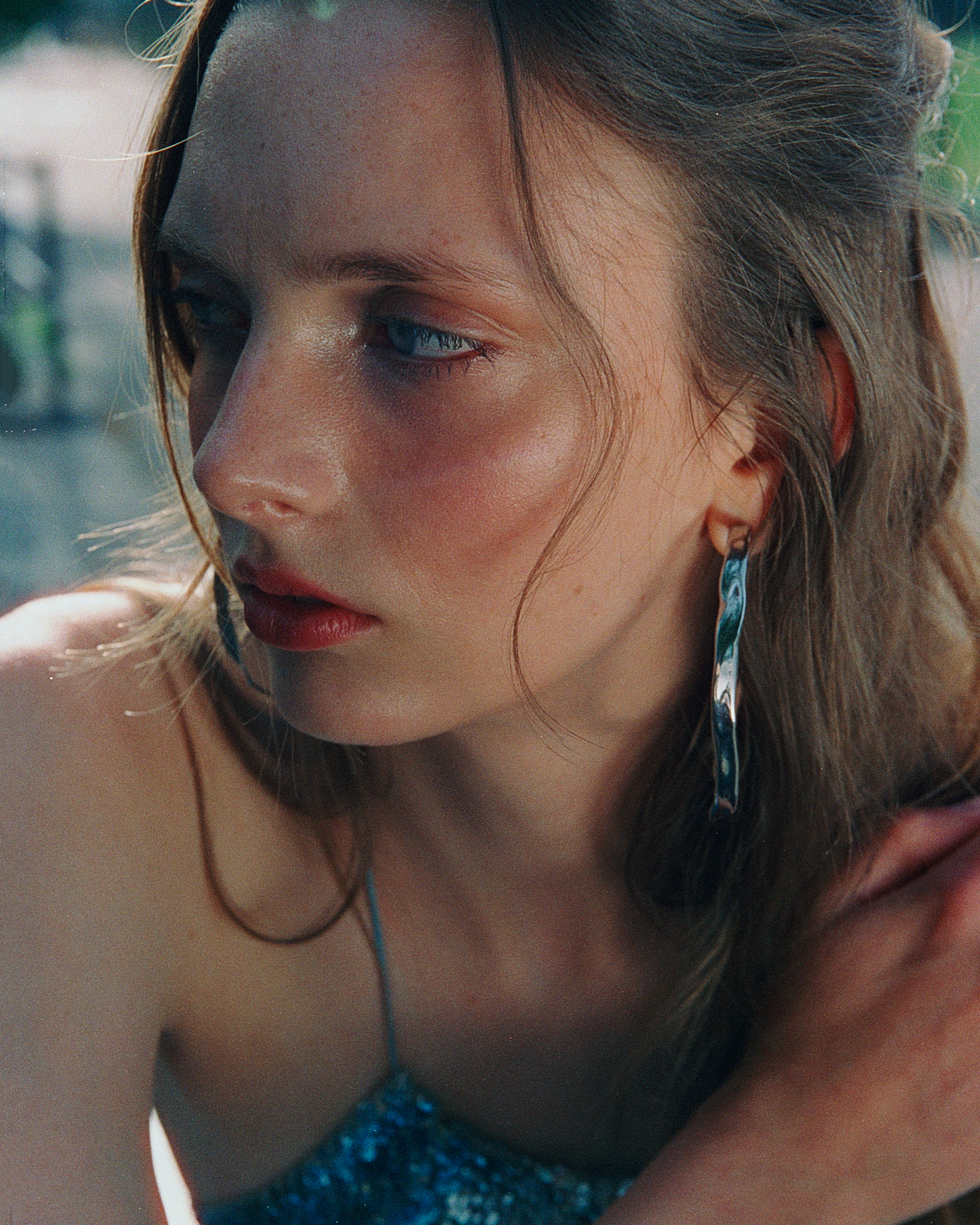Milan Fashion Week: Bally and Bottega Veneta FW23

Shown in the Casa Degli Atellani, the 15th century dwelling of Leonardo Da Vinci when he painted The Last Supper, the collection took on a monumental, cinematic allure. The historic residence heightened the clothes' inherent glamour and eschewed the fleeting moment for the movie. It was a sensorial experience. Models interacted with those in attendance, shattering the invisible barrier tied to traditional showcases. Award-winning producer Mike Dean further elevated the star-studded affair with a soundscape that felt both known and new.


While inspired by the icons of the silver screen, the clothes embodied the après-ski aesthetic embedded in Bally since their start in 1851. Rhuigi demonstrated an understanding of the house's DNA, and carried that into the present with his bold sense of style and eye for modern luxury.
The collection explored the dualities of strength and sensuality across menswear and womenswear with oversized faux fur coats, puffers quilted in archival diamond matelassé, and several snakeskin trenches in vibrant colors, from burgundy to purple. Leather, metallics, and knitwear were softened by touches of lace that all together created a heightened sense of everyday drama.
It was extra, and we loved every part, from the handbags, footwear, and jewelry that demanded main-character attention to the all-over logomania with the Bally emblem that reinforced the brand’s new, yet familiar, era.
If there was a house that epitomized timelessness this season, it was Mathieu Blazy's Bottega Veneta. Blazy's 'Italia' trilogy show was a season-defining moment that introduced a new Bottega Veneta through a conflation of the country's past, present, and future.
This season the invitation to the show was a leather watch strap with no watch on it, hinting at the collection's psychological terrain. To further set the stage, Blazy borrowed timeless bronzes, three of his favorite artworks, and put them amid the plaza where the models walked: the famous bronze runners of Pompeii from 1BC, and in the other room, the 1913 sculpture by the Italian futurist Umberto Boccioni, "Unique Forms of Continuity in Space."
Blazy drew on the mythology of antiquity and Futurism's shape of things to come to capture the randomness of a carnival parade. In this parade, a cast of character archetypes descended the runway, individual characters, who might be walking down the street. He skewed the idea of 'getting changed' from its everyday meaning in the early silhouettes to its fantastical promises later on, where a new mythology took shape. People in states of change — just waking up, getting undressed, swapping garments — became Roman priests, Agnelli-like playboys, and later, chimerical sirens of the screen and of the sea.
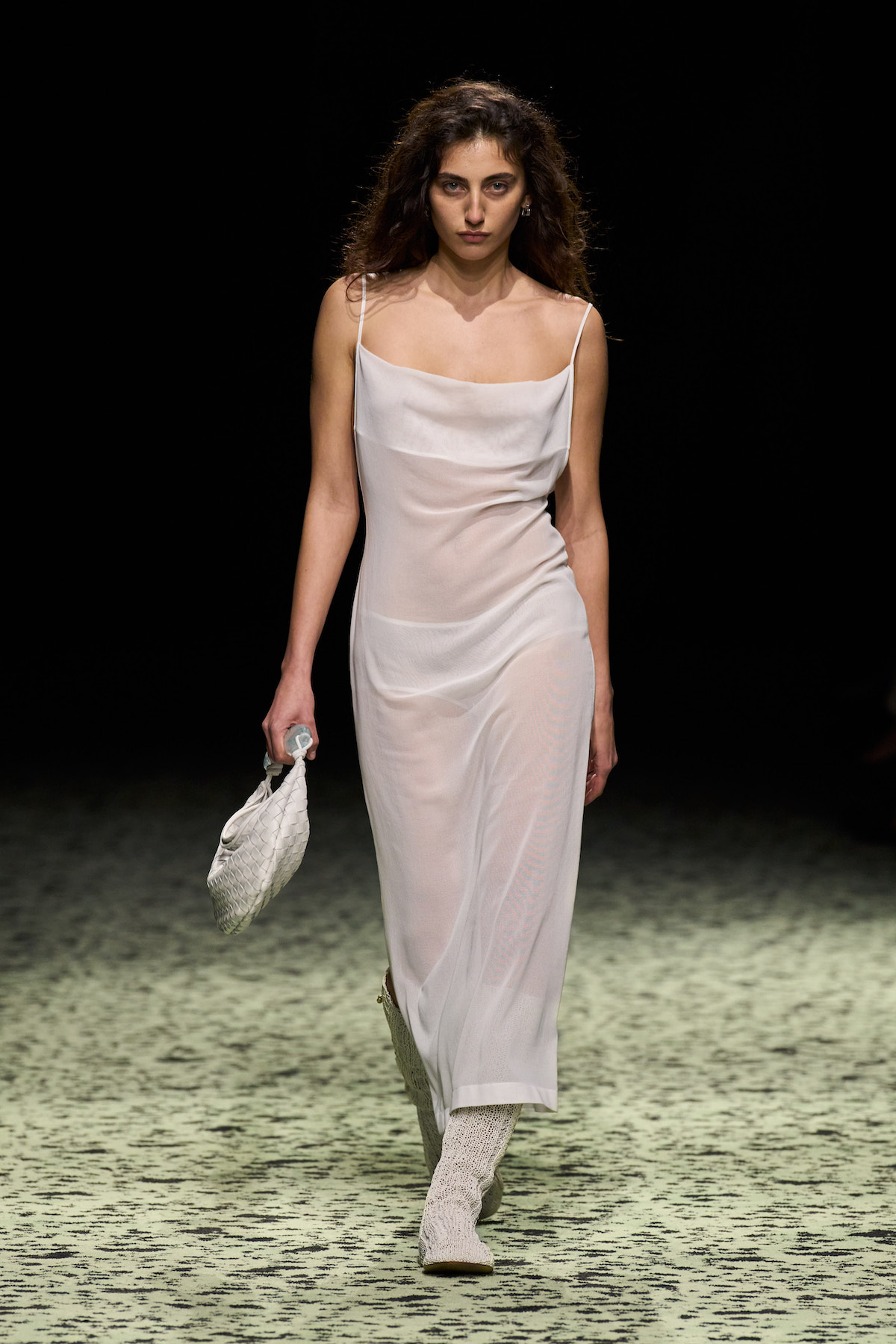

The first look — a transparent white chemise and bed socks made of knitted leather — represented the 'bombshell' archetype in her morning glory. It raised the question of what constitutes as chic and when that even begins. The knitted leather socks, mirrored by other trompe-l’œil creations like a white striped Oxford shirt, boxer shorts, and 'grey flannel' pyjamas, all realized in Nappa leather, alongside intrecciato woven accessories throughout, further demonstrated Blazy's understated yet highly technical style.
It was all ultimately a story of transformation, as well as, a matter of personal taste. From the woven rugs that hinted at Blazy's favorite gelato, stracciatella, to his signature style, leather manipulated to look unlike itself. If there was a point, it was that dressing up should be bold, intentional, and fill the wearer with the confidence to be whoever.











